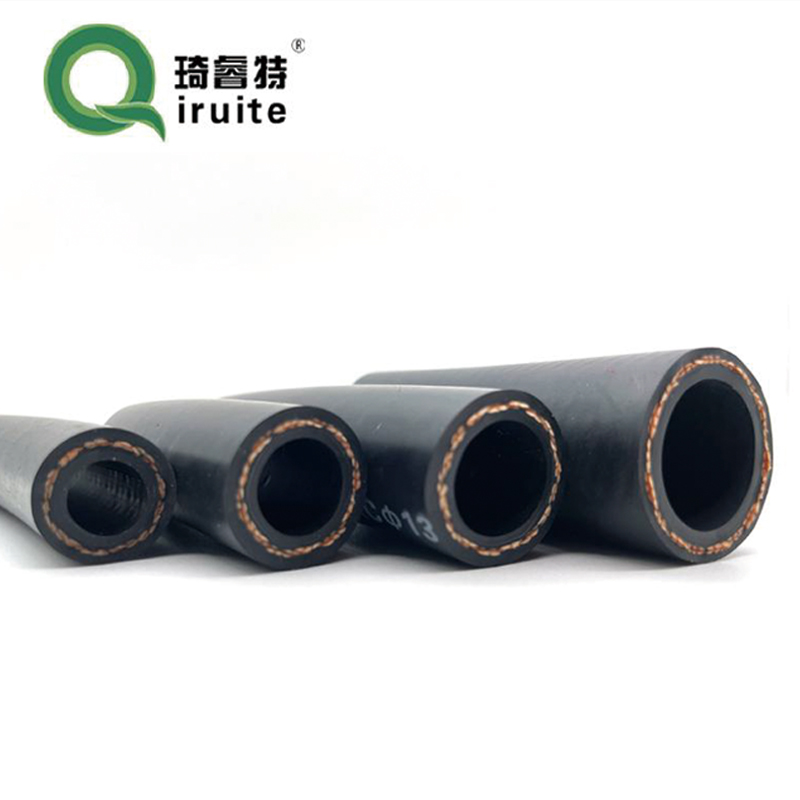Exploring Power Steering Hose Diagrams for Effective Vehicle Maintenance and Troubleshooting Solutions
Power Steering Hose Diagram A Comprehensive Overview
Power steering is a crucial component of modern vehicles, providing drivers with enhanced control and maneuverability. One of the key elements that facilitate the power steering system’s functionality is the power steering hose. Understanding the layout and function of these hoses is vital for anyone interested in automotive maintenance, repair, or engineering. In this article, we will explore the power steering hose diagram, its components, functions, and significance in the overall power steering system.
What Are Power Steering Hoses?
Power steering hoses are flexible tubes that transport hydraulic fluid between the power steering pump and the steering gear or rack. The hydraulic fluid is essential for generating the necessary pressure to assist in steering, making it easier for the driver to turn the wheel. There are typically two types of power steering hoses the high-pressure hose and the return hose.
1. High-Pressure Hose This hose delivers hydraulic fluid from the pump to the steering gear. It operates under high pressure, often exceeding 1,500 psi. To withstand this pressure, the high-pressure hose is designed with durable materials, often reinforced with steel or synthetic fibers.
2. Return Hose As the name suggests, this hose carries the fluid back to the reservoir after it has flowed through the steering gear. The return hose operates under lower pressure than the high-pressure hose, making it less reinforced but still durable to resist wear and tear.
Power Steering Hose Diagram Explained
A power steering hose diagram is a visual representation of the power steering system's components and their interconnections. It typically illustrates the power steering pump, hoses, reservoir, steering gear, and any additional components such as filters and valves. Understanding this diagram is essential for diagnosing issues within the power steering system.
Key features of the diagram include
power steering hose diagram

- Power Steering Pump Located usually at the front of the engine, this component generates hydraulic pressure. It is often driven by a belt connected to the engine's crankshaft.
- Hoses The high-pressure hose is depicted connecting the power steering pump to the steering gear, while the return hose completes the circuit back to the reservoir
. The diagram may also indicate the flow direction of the hydraulic fluid.- Steering Gear/Rack This component converts the hydraulic pressure into mechanical movement, assisting in the steering process. The diagram shows how the hoses connect to this gear.
- Reservoir The hydraulic fluid is stored in the reservoir, which is usually located near the pump. The diagram indicates how the return hose connects to this reservoir.
Importance of the Power Steering Hose Diagram
Understanding the power steering hose diagram is essential for several reasons. First, it aids in troubleshooting issues such as leaks or pressure loss. If a driver experiences difficulty steering, an examination of the hoses might reveal cracks, wear, or disconnections that require immediate attention.
Second, the diagram serves as a reference for maintenance and repairs. Regular inspection of the hoses can prevent failures that may lead to more extensive damage to the power steering system or other interconnected systems in the vehicle.
Lastly, for automotive technicians and enthusiasts, familiarity with the power steering hose diagram enhances knowledge of vehicle dynamics and overall system integration. It encourages informed decision-making when selecting replacement parts or recommending services.
In conclusion, the power steering hose diagram is a fundamental tool that underlies the functioning of a vehicle’s power steering system. By comprehensively understanding this diagram, individuals can contribute to better maintenance practices, ensuring safer and more efficient driving experiences. Whether you are a seasoned technician or a curious vehicle owner, investing time to understand these elements can enhance your automotive knowledge and skills.
-
Ultimate Spiral Protection for Hoses & CablesNewsJun.26,2025
-
The Ultimate Quick-Connect Solutions for Every NeedNewsJun.26,2025
-
SAE J1401 Brake Hose: Reliable Choice for Safe BrakingNewsJun.26,2025
-
Reliable J2064 A/C Hoses for Real-World Cooling NeedsNewsJun.26,2025
-
Heavy-Duty Sewer Jetting Hoses Built to LastNewsJun.26,2025
-
Fix Power Steering Tube Leaks Fast – Durable & Affordable SolutionNewsJun.26,2025

